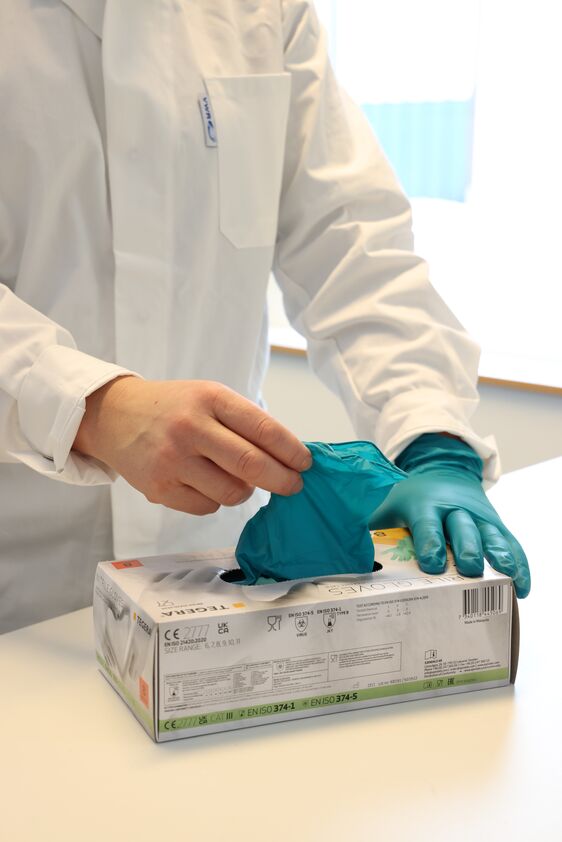Biodegradable vs. Degradable – What’s the Difference?
These two terms are often confused, but they are not the same. The reality is more complex.
Degradable means a material breaks down physically into smaller pieces over time (often into microplastics).
Biodegradable refers to a substance that can be broken down naturally by microorganisms into water, carbon dioxide, methane, and biomass – without leaving harmful residues. This decomposition can be anaerobic (without oxygen) or aerobic (with oxygen), and therefore, biodegradation depends on the environmental conditions – whether it is in soil, water, industrial composting facilities, or landfills. The biodegradation of biodegradable polymers involves chemical decomposition through the enzymatic work of microorganisms, leading to changes in chemical composition, mechanical and structural properties, and forming environmentally friendly materials such as methane, water, biomass, and carbon dioxide.
While nitrile can degrade, it does not 100% biodegrade – regardless of any additives.
“Sustainability in PPE presents a challenge, and solutions should be carefully analyzed to ensure a positive impact on the environment. Measurable progress can be achieved, particularly in manufacturing and material sourcing,” says Céline Montanari, Product Sustainability Lead at Ejendals.
Partially degradable nitrile gloves not only contribute to increasing microplastics in our soils and waters, but also to contamination when the gloves are discarded in nature or landfills.
